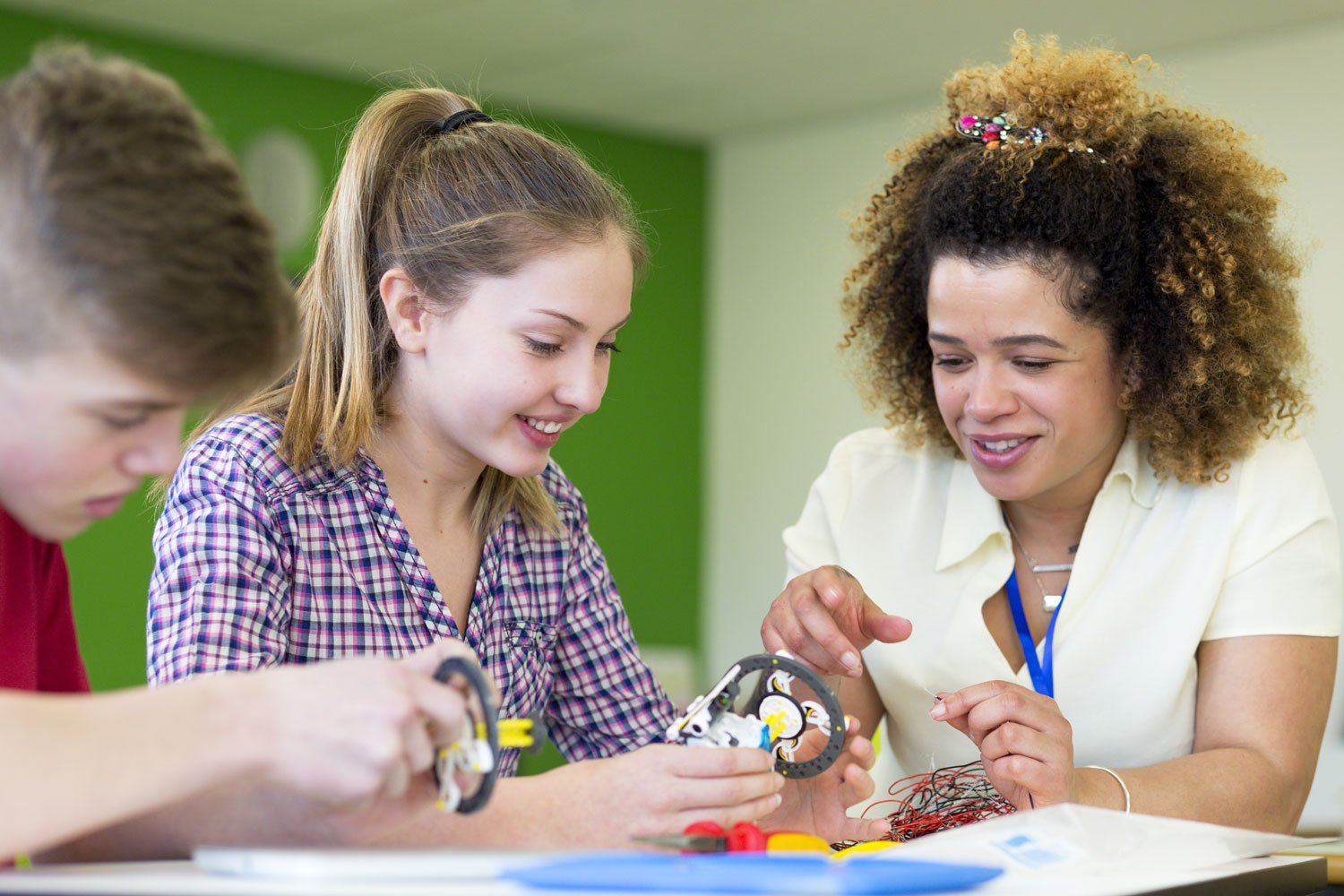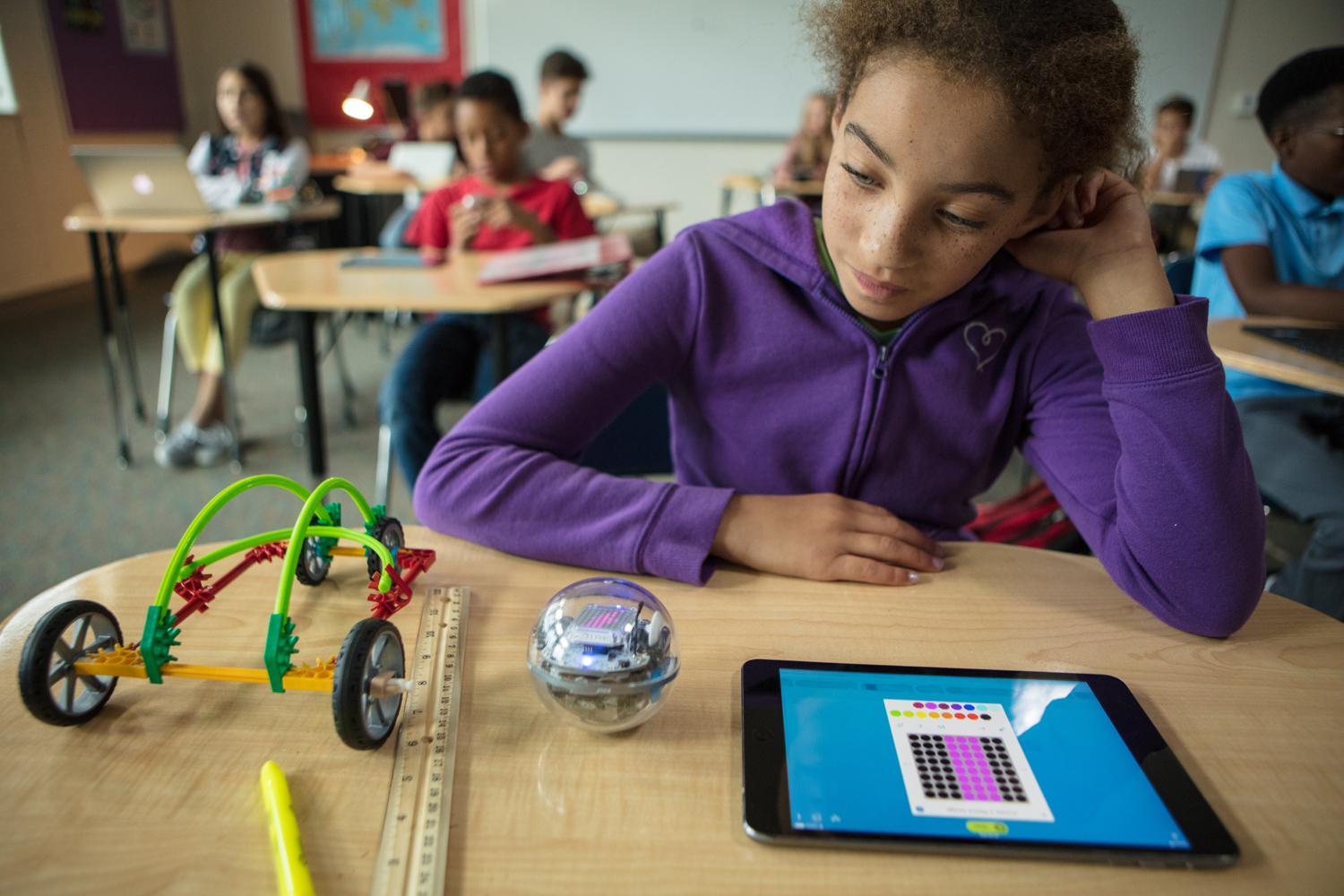
Teachers are a huge influence on a student’s choice of subject matter or their decision to pursue a STEM career. The evidence from the ICM-S survey suggests that students’ decisions to study STEM in college can be directly influenced by classroom instruction and teacher advising. However, student motivation can be a huge problem for even the best of teachers. But teachers also face a lot of challenges when it comes to STEM education.
Here are the top challenges that most teachers face and a few suggestions for how to tackle them.
Teach them Young:
Student boredom is a huge challenge faced by most teachers. Research suggests that most students lose interest in Science between 12–13 years of age.
A good way to counteract this challenge is to inculcate a love for science early on in the student’s life. Early educators can integrate STEM lessons into a daily curriculum so children will develop a stronger understanding of these skills early on.
Most young children already engage with science without understanding. For example, when children stack playing blocks together, they are essentially learning laws of physics. Similarly, when they run off on nature walks to explore a fallen nest or flower, they are observing the biological world. Teachers can use this curiosity to direct the students in a more focused manner.
Innovative Teaching:
Science learning can be boring if it does not exemplify the effects of classroom theory in the real world. According to a study undertaken by the Institute of Engineering and Technology: “Most students see the curriculum as boring and irrelevant to life outside school.” Studies show that “practical activities enable students to build a bridge between what they can see and handle and scientific ideas that account for their observations”. Making these connections is challenging, so practical activities that make these links explicit are more likely to be successful. Practical project work also enables group discussions, teamwork, communication and peer-to-peer interaction, all of which are considered important 21st-century skills.
Topical Science:
Most children struggle to understand the importance of science because they cannot see the connection between what they learn in the classroom and the happenings of the real world. Students also have a perception of science subjects being either too difficult or too boring. Introducing topical science in class can help students understand the relevance of science in everyday life. A typical STEM lessons usually involves four basic steps:
- Identify a real-world problem.
- Ask questions to explore the problem (and potentially solve the problem).
- Develop solutions.
- Explore a hands-on activity.
Going Digital:
Most teachers struggle with a huge workload, which does not give them much time or energy to plan intricate STEM lessons. Technology can help here. The EPI found that teachers who make their pupils use technology for class projects in all or most lessons work 4.6 hours fewer per week than those who only occasionally use educational films and educational quizzes.
Educational films are a quick and fun way to capture students’ attention and can often be used to initiate teaching techniques like flipping the classroom.
Razing the Gender Divide:
The ratio of men to women in STEM fields is vastly disproportionate, with men outnumbering women. Efforts are now underway to include more girls in STEM. This is a challenging task, as most girls unfortunately grow up with a lot of prejudice, even if it is unintentional. Teachers can do lots of things to help their female students overcome these biases and nurture their STEM dreams: encourage female students to participate more, introduce them to more female role models or be a role model yourself. Most students look up to their teachers, so sharing your own experiences as a science teacher can be incredibly encouraging to your female students. Teachers can also introduce their female students to the various initiatives that advocate women’s role in STEM fields. Examples include: Girlswhocode, blackgirlscode and the National Girls Collaborative Project, amongst many others.
According to a National Science Report, “The gap in educational attainment separating underrepresented minorities from whites and Asians remains wide.” In the case of most minorities, this gap exists due to a lack of access to good education and resources.
So what can educators do to help?
Active Learning: Research shows that traditional teaching can often undermine students, particularly those from ethnic backgrounds. Active learning, on the other hand, is proven to be effective in learning STEM.
Encouragement and Support: Educators might not be able to erase cultural bias but they can help students overcome it through encouragement and attention, and by informing minority students of the various STEM opportunities that are available to them. For example: NACME, APS and many others .
Educators play a vital role in shaping future generations and can have far reaching effects on a student’s life. Often it can be the difference between extinguishing a child’s dream of becoming a leading scientist, or nurturing it.

Discover more about STEM with RobotLAB!
Check our products page, and our learning platform Engage!K12 that offer a wide range of lessons for students and teachers! No robotics experience required.



